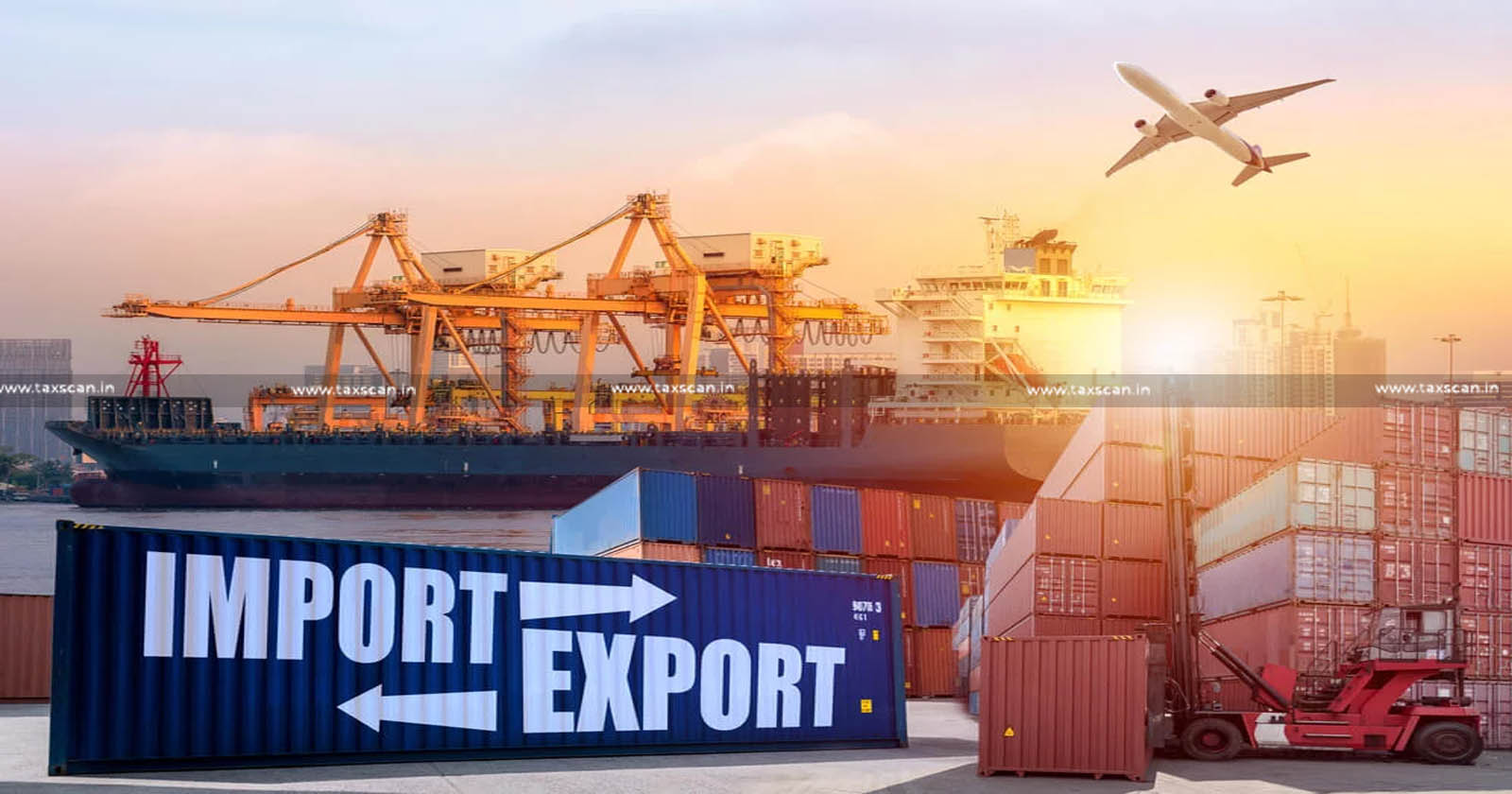Economic Survey Report 2024-2025 reveals Moderate Growth in Merchandise Exports
India’s external sector displayed mixed trends, primarily due to volatile global conditions

Economic Survey 2024- 2025 – Moderate Growth – Merchandise Exports – Economic Survey Report – taxscan
Economic Survey 2024- 2025 – Moderate Growth – Merchandise Exports – Economic Survey Report – taxscan
The Economic Survey 2024-25 was presented to the Parliament today, January 31, 2025, following the opening remarks of the Budget Session by President Droupadi Murmu. According to the Survey report, merchandise exports have grown moderately due to a slowdown in foreign demand, the merchandise imports have grown remarkably thanks to robust local demand.
The increase in the merchandise trade imbalance has been mitigated by rising remittances and increased net services receipts. Regarding capital, the economy has been seeing net positive inflows of capital. Compared to the same period last year, gross foreign direct investment inflows grew more during the first eight months of FY25. However, the growth in net FDI has been restrained by a spike in repatriation. Throughout the first nine months of FY25, FPI inflows have fluctuated and displayed a range of patterns.
Global trade dynamics have changed significantly in recent years, shifting from globalisation to rising trade protectionism, accompanied by increased uncertainty. This calls for a new strategic trade roadmap for India. To remain competitive and enhance its participation in global supply chains, India must continue reducing trade costs and improving facilitation to boost export competitiveness. Much remains to be done to enhance trade competitiveness. The good news is that doing so is entirely in our hands. On its part, the industry must continue to invest in quality.
Know When to Say No to Cash Transactions, Click Here
The state produces governance, and the private sector produces goods and services. If both these actors focus on quality and efficiency, then despite the trade tensions and protectionism that are likely to come in the way of expanding global trade, India can increase its share in overseas markets and generate resources to sustain a higher level of capital formation. Then, it will be possible for us not just to dream of but actually realise higher economic growth rates on a sustained basis.
India's external sector showed a range of patterns, mostly as a result of unstable international situations. India's petroleum-based merchandise exports were impacted by a drop in commodity prices. According to data on goods trade, India's commercial exports increased 1.6% year over year between April and December 2024.33. Non-petroleum exports, however, increased 7.1% on the same comparable basis.
Know When to Say No to Cash Transactions, Click Here
Exports of jewelry, non-gems, and non-petroleum increased by 9.1%. Imported goods increased by 5.2%. The main driver of this expansion was an increase in imports that were not related to gold or oil. Due to rising worldwide prices, early purchases made before holiday spending, and demand for safe-haven assets, gold imports also increased.
The overall trade deficit has been balanced by India's services trade surplus, even while the country's merchandise trade deficit has grown as a result of merchandise imports exceeding merchandise exports. India has demonstrated its competitiveness by securing the seventh-largest proportion of global services exports thanks to its strong services exports.
Support our journalism by subscribing to Taxscan premium. Follow us on Telegram for quick updates


